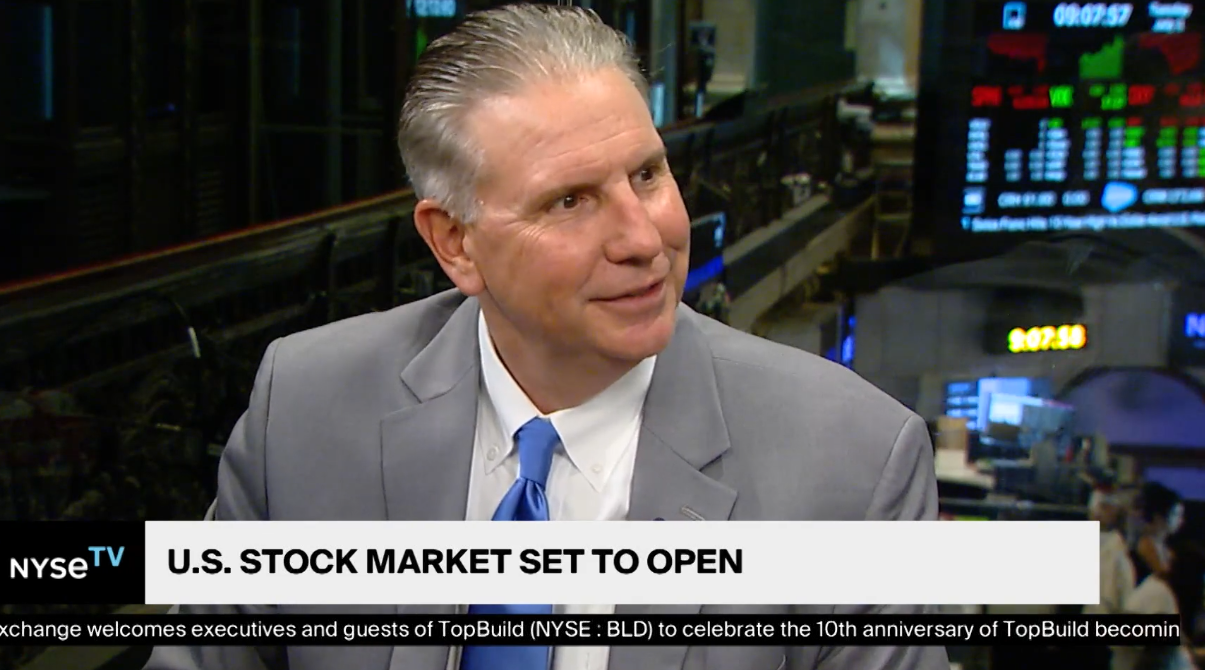
Last Week’s Markets in Review: Is a Soft Landing Possible?

Global equity markets finished higher for the week. In the U.S., the S&P 500 Index closed the week at a level of 4,582, representing an increase of 1.03%, while the Russell Midcap Index moved 0.07% higher last week. Meanwhile, the Russell 2000 Index, a measure of the Nation’s smallest publicly traded firms, returned 1.09% over the week. As developed international equity performance and emerging markets were higher, returning 0.93% and 2.85%, respectively. Finally, the 10-year U.S. Treasury yield moved higher, closing the week at 3.95%.
The economic data and the market’s reaction from a busy week suggest that the elusive “Soft Landing” may be the path the economy ultimately finds. The data was plentiful with a Fed meeting and rate decision, initial Gross Domestic Product for the second quarter, employment data, Personal Income and Outlays for June, and ongoing corporate earnings reports for the second quarter.
Most importantly, the Fed conducted its July FOMC meeting and announced an additional 25 BPs increase to the Fed Funds Target rate. This action was highly anticipated by the market. Chairman Powell’s press conference was closely watched by market participants for insights on future Fed actions. In contrast with his last press conference in June, Powell’s tone was somewhat less “Hawkish” with comments such as, “Reducing inflation is likely to require a period of below-trend growth and some softening of labor market conditions.”. The market keyed in on two parts of this statement. Below-trend growth was digested by the market as a positive compared to a recessionary decline. Likewise, the market viewed “Some softening of labor market conditions” as another indication of a “Soft Landing”.
On Thursday, the Commerce Department reported Gross Domestic Product for the second quarter. GDP increased at a 2.4% annual rate, better than the 2% consensus estimate. Consumer spending powered the results, aided by increases in nonresidential fixed investment, government spending, and inventory growth. Again, the markets saw a path to a “Soft landing”.
Additionally, the weekly Jobless Claims, Consumer Sentiment, Durable Goods Orders, and generally better-than-expected corporate earnings were in line with the “Soft Landing” scenario.
Maybe the most encouraging was June’s Personal Consumption Price Index (PCE). Both the monthly (0.2%) and annual (3.0%) results were in-line with expectations. Core PCE rose 4.1% from a year ago, compared with the estimate of 4.2%. the annual rate was the lowest since September 2021 and marked a decrease from the 4.6% pace in May.
We hope that everyone has a productive week ahead!
Data related to the FOMC meeting was sourced from The Federal Reserve. Gross Domestic Product and Personal Consumption Expenditures Index was sourced from the Commerce department. Equity Market, Fixed Income returns, and rates are from Bloomberg as of 7/28/23. Economic Calendar Data from Econoday as of 7/28/23. International developed markets are measured by the MSCI EAFE Index, emerging markets are measured by the MSCI EM Index, and U.S. Large Caps are defined by the S&P 500 Index. Sector performance is measured using the GICS methodology.
Disclosures: Past performance does not guarantee future results. We have taken this information from sources that we believe to be reliable and accurate. Hennion and Walsh cannot guarantee the accuracy of said information and cannot be held liable. You cannot invest directly in an index. Diversification can help mitigate the risk and volatility in your portfolio but does not ensure a profit or guarantee against a loss.



